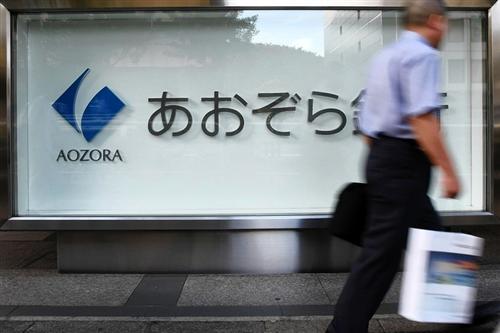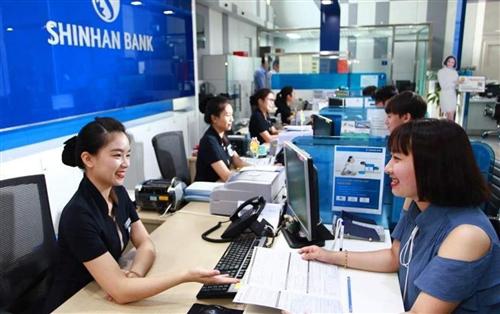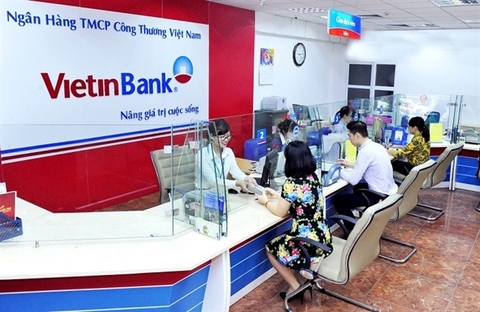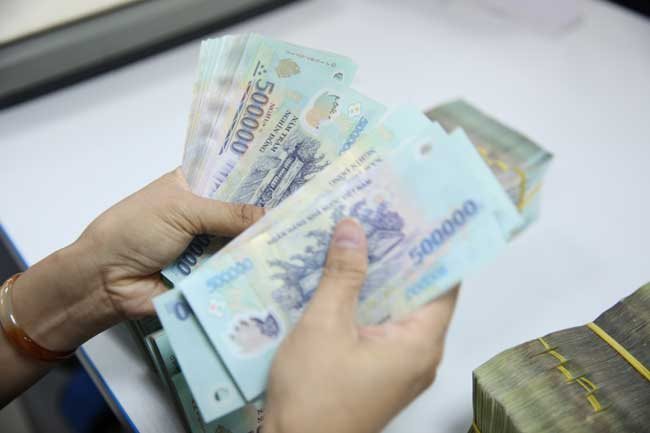Insurance industry embraces fourth industrial revolution
Insurance industry embraces fourth industrial revolution
Insurance companies are taking action to speed up the application of Industry 4.0 technology to enhance its development.
 |
Growing market
Some 80 percent and 75 percent of Singaporean and Malaysian households are covered by life insurance, while only eight percent of Vietnam’s population currently has life insurance. Although the potential for the industry’s further development is enormous, only businesses that are agile and daring can take advantage of Industry 4.0 technology to deliver improved customer experience.
Some 64 insurance companies are registered in Vietnam, including 30 non-life insurers, 18 life insurers, two reinsurance companies and 14 insurance brokerage firms. Total assets of insurance companies in the first nine months of the year were estimated at VND441 trillion, representing a year-on-year increase of 19 percent. During the reviewed period, insurance companies re-invested VND370 trillion into the economy, an increase of more than 23 percent compared to a year ago. The industry’s total revenue in the January-September period surged by 20 percent to VND112 trillion. Insurance companies paid out VND28 trillion to customers in the reviewed period, an increase of 12 percent compared to a year ago.
According to the Ministry of Finance, a safe, sustainable and effective insurance market is a long-term capital raising channel for the economy, and a tool to protect financial risks for investors. Over the years, the Ministry of Finance has developed the insurance market in a consistent manner and perfected mechanisms and policies to enhance the system’s safety and effectiveness. The Ministry of Finance has focused on the application of modern technologies for insurance market management and supervision.
The fourth industrial revolution with modern technologies will help insurance companies boost product distribution through e-transactions and save costs. Customers will find it easier to seek information about insurance products to meet their needs.
Insurance companies embrace Industry 4.0
To make the most of opportunities provided by the fourth industrial revolution, many insurance companies have strengthened investment in their information technology infrastructure in order to improve service quality and promote business activities.
Bao Viet Insurance has become the first to sign a cooperation agreement to sell its products on MoMo wallet, including car insurance, motorbike insurance, health insurance, cancer insurance, and travel insurance. The solution supplies fast and convenient online purchase and payment processes with one-touch international mobile security. The strategic cooperation with MoMo is a pioneering step for Bao Viet Insurance that not only provides a comprehensive solution for trading and cashless payments, but also expresses its long-term development orientation based on information technology.
BIDV MetLife has pioneered online life insurance products in Vietnam. Without complicated papers and cumbersome procedures, customers can own their own insurance products with a simple 10-minute process. All contracts are processed through the Global Sales Platform (GSP), making the document issuing faster and more accurate.
FWD Vietnam has digitized all business processes, with a solid strategy of developing diversified, simple and suitable products for each customer segment. In addition, Prudential Vietnam has introduced PruBot, an artificial intelligence driven chatbot for customer service, the first of its kind in the country. Developed on the popular Facebook Messenger platform, PruBot can provide 24/7 customer support as well as answer customer queries on insurance products and services and promotions.
Kim Fleming, CEO of Manulife Vietnam, said insurance companies should continue to promote restructuring, strengthen management and supervision of transactions, and renew products and services to meet customer needs. In addition, companies need to boost investment in completing information technology infrastructure.





















